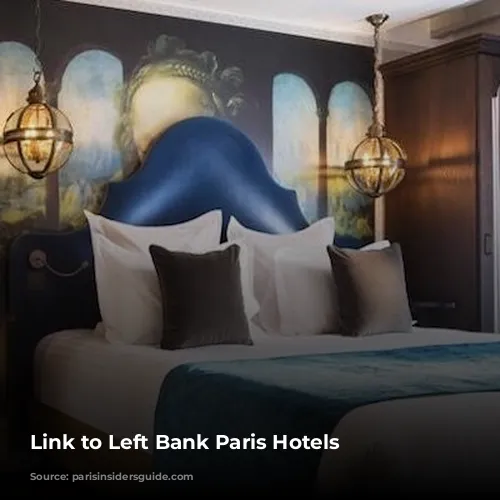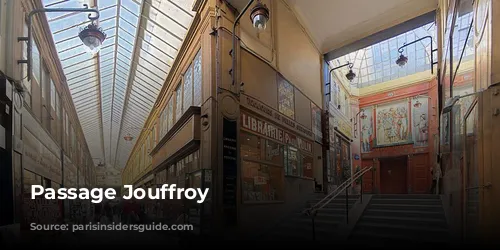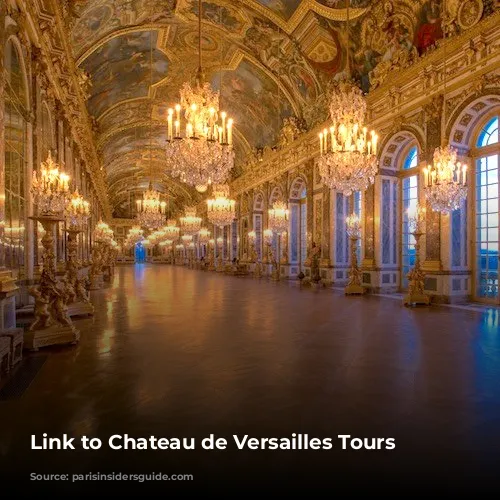Imagine Paris in the late 18th and early 19th centuries: a time of groundbreaking inventions, flourishing luxury goods, and a burgeoning middle class eager to enjoy the finer things in life. It’s no surprise that during this era, the first shopping malls, known as arcades, passages, or galeries, emerged as havens of comfort and style.
These covered passageways provided shoppers with a refuge from the muddy, unpaved streets and were among the first to offer a sense of luxurious, modern comfort. In this article, we’ll embark on a virtual journey through time to explore five of these architectural gems that have survived to this day and are well worth a visit.
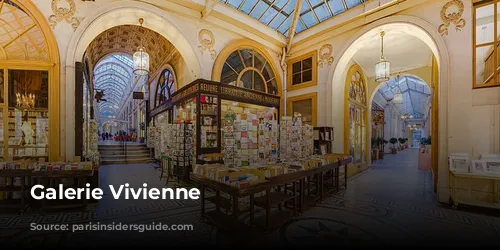
A Time Capsule of Elegance: Galerie Vivienne and Galerie Colbert
Galerie Vivienne, built in 1823, was once considered one of the most luxurious arcades in Paris. Its elegant mosaic floors, ornate storefronts, and gas lighting – a novelty at the time – created an ambiance of refined sophistication. The neoclassical touches, including the canopy, paintings, and sculptures, were masterfully added by architect François-Jacques Delannoy, echoing the geometric beauty of the mosaics found on Rue de Rivoli.
Just a stone’s throw away, on Rue Vivienne, stands Galerie Colbert, a longtime rival to Galerie Vivienne in terms of glamour. Built shortly after its neighbor, this historic arcade now houses the Institut National d’Histoire de l’Art and the Institut National du Patrimoine, institutions that preserve and celebrate the rich history of French art and heritage. The renowned brasserie, Le Grand Colbert, featured in the 2003 film “Le Diner de Cons,” adds to the charm and allure of this historic space. Although no longer a bustling shopping center, Galerie Colbert remains a testament to Parisian architectural brilliance and is a must-see for any visitor seeking a glimpse into the past.
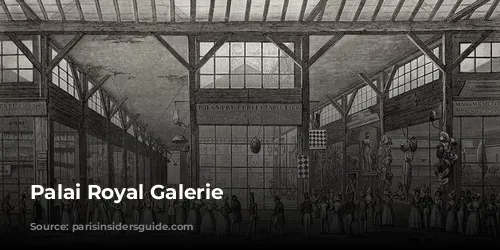
A Glimpse of Parisian Charm: Passage Verdeau and Passage des Panoramas
Nestled within the Grands Boulevards, Passage Verdeau is one of the last arcades to be built, dating back to 1847. Considered an extension of two other arcades, Panoramas and Jouffroy, Verdeau boasts a charming atmosphere with cafes, bookstores, and antique shops lining its walkways. The elegant neoclassical glass ceiling and the pale pink and black stone floors evoke a sense of timeless elegance.
Passage des Panoramas, built in 1799, is among the oldest arcades in Paris. Its name stems from the two rotundas that once stood at the entrance, offering panoramic views of the city. Sadly, these were demolished during an expansion and renovation in 1831. However, this arcade holds the distinction of being the first to introduce gas lighting, paving the way for the illumination of Parisian streets and arcades. Today, Passage des Panoramas is a vibrant mix of cafes, restaurants, and unique shops. The Musée Grévin, a renowned wax museum, can be accessed through one of its labyrinthine galleries, offering a captivating journey through history and entertainment.

A Legacy of Innovation: Passage Jouffroy and the Arcades of Palais Royal
Passage Jouffroy, built in 1846 as an extension of Passage des Panoramas, is a landmark in the history of arcade construction. It was the first arcade in Paris to be built entirely of iron and glass, showcasing the innovative architectural techniques of the time. This innovative structure was also the first to feature under-floor heating, providing a welcome warmth for shoppers in the colder months. The ornate clock above the Hotel Chopin, the lamps illuminating the storefronts, and the geometric black, white, and grey floor tiles complete the period look, transporting visitors to a bygone era of Parisian elegance. Like its neighbor, Passage Jouffroy is also home to the Musèe Grévin, offering an entertaining glimpse into the world of wax figures.
Originally built as a royal residence, the arcades of the Palais Royal became a fashionable destination during the late 18th century. These were among the first glass-covered arcades, boasting rows of luxury shops and restaurants beneath their elegant structures. During its golden age, the Palais Royal boasted almost 150 shops, jewelers, restaurants, and salons, including two theaters, making it a hub of social activity and commerce.
The most famous of the Palais Royal arcades, Galerie d’Orléans, was located in the Cour d’Honneur, the area between the palace and the gardens. Sadly, this architectural marvel was demolished a century after its construction, leaving behind a haunting reminder of its former grandeur. The remaining flank of columns that stand between the Cour d’Honneur and the Palais-Royal Gardens serves as a poignant reminder of the arcade’s illustrious past.
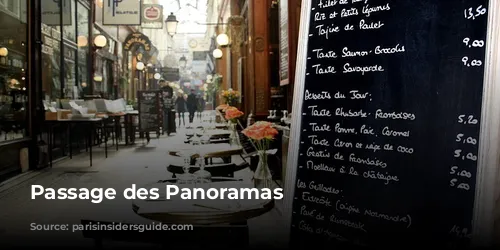
A Glimpse of Parisian History
The invention of gas lighting ushered in a new era of urban life, and the glass and iron arcades became popular hubs of activity during the late 18th and early 19th centuries. Over a century, approximately 150 arcades were constructed throughout Paris, transforming the city’s landscape and offering a unique blend of commerce, culture, and social interaction. The print above, depicting an arcade in the Palais Royal in 1825, vividly captures the charm and elegance of these architectural marvels.
Advances in iron construction, later used in the construction of the Eiffel Tower, paved the way for a new form of architecture in the arcades. The covered shopping arcades, constructed of glass and iron, became all the rage, offering a fashionable and comfortable way to escape the elements. A promenade through the warm, well-lit passageways became a popular social activity, allowing Parisians to enjoy the pleasures of shopping, dining, and entertainment.
Shops, cafes, and theaters flourished within the arcades, attracting the city’s elite and providing a vibrant backdrop for social interaction. The architects and developers spared no expense in creating a luxurious setting, incorporating intricate mosaic floors, trompe l’oeil marble columns, and ornamental plaster bas-reliefs, transforming the shopping experience into a journey through elegance and refinement. Today, these surviving arcades offer a fascinating glimpse into the history and evolution of Parisian architecture, culture, and urban life.
